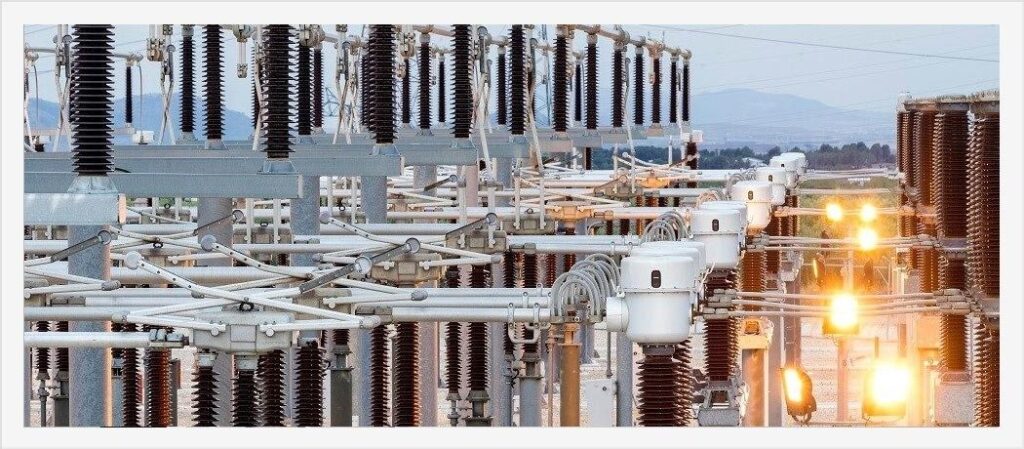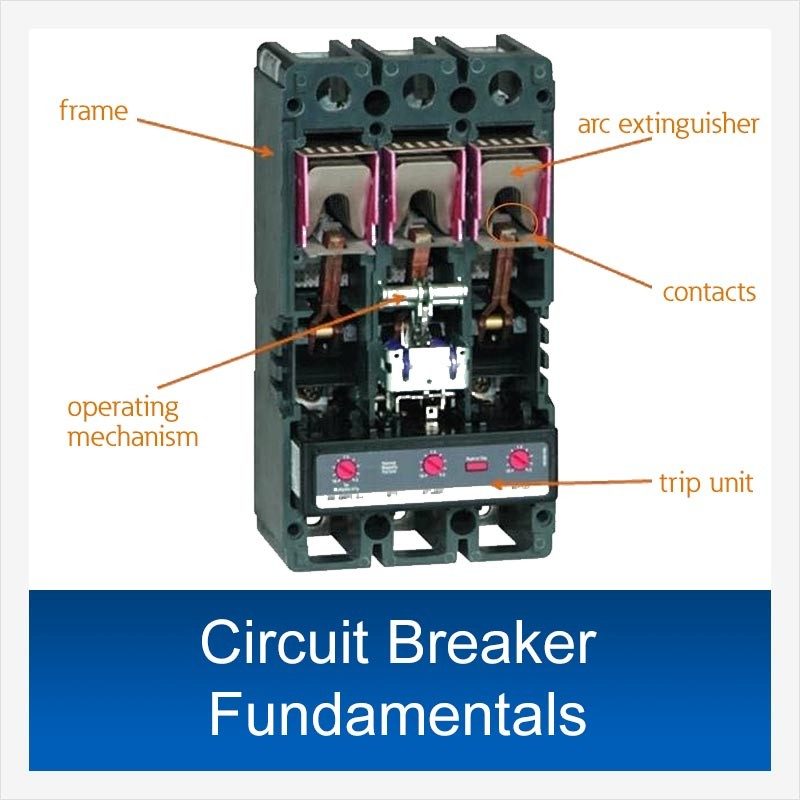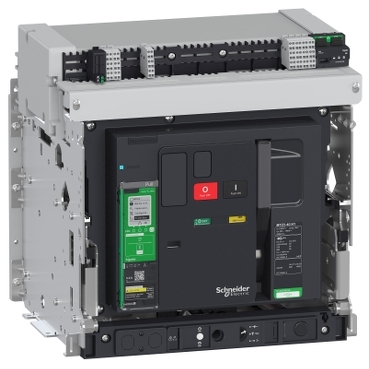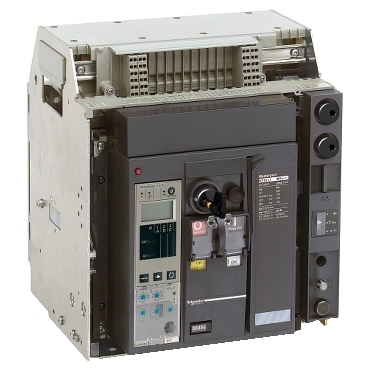circuit breakers
complete line up of low and medium-voltage circuit breakers provide circuit protection in alternative energy, commercial, industrial, mining, and military applications, while protecting against overloads and short circuits in conductors
circuit breaker types
case circuit breakers
Case circuit breakers are used to provide circuit protection in various industry applications, where they protect against overloads and short circuits in conductors. These circuit breakers are applied in panelboards, switchboards, motor control centers, control panels, combination starters, individual enclosures, and bus duct plug-in units
Residential circuit breakers
residential circuit breakers are used in load centers, panelboards, or similar devices. They are made for a wide range of applications and include: arc fault circuit interrupters (AFCI); and ground fault circuit interrupters (GFCI)
Low voltage air circuit breakers
provides comprehensive low-voltage power circuit breaker solutions to meet the demands of power distribution systems worldwide.
Medium-voltage vacuum circuit breakers
vacuum circuit breakers provide centralized control and protection of medium-voltage power equipment and circuits in utility, industrial, commercial, mining and marine installations involving generators, motors, feeder circuits, and transmission and distribution lines.

Circuit Breakers and Switches
Explore circuit breakers, the foundation of safe power distributions and the main protection from electrically-caused fires. Protect each line carrying energy or supplying appliances by choosing the correct sized circuit breaker, that will automatically disconnect in the event of a short circuit, or a cable overload. Add switches, to enable manual on-offs or disconnection for maintenance, and transfer switches to connect backup energy sources.
Air Circuit Breakers – ACBs
Air circuit-breakers (ACBs) protect the largest carrying currents up to 6300 A. They can be used for source coupling or changeovers. To all high-level electrical professionals, it sounds like a saga of innovative breakthroughs. Experience full connectivity of the latest generation, with embedded algorithms enabling ever-higher energy reliability and efficiency
Molded Case Circuit Breakers – MCCBs
ComPact molded case circuit breakers (MCCBs) protect cables sized for 100A to 3200 A. Their highest breaking capacities allow them to protect also smaller cables, when connected close to a powerful energy source. As one pillar of digitally connected power distributions, ComPact breakers take part in energy consumption and asset management optimization. Benefit from 65 years of technological leadership, and rely on proven quality, opted for even in most demanding environments.
Switch-disconnectors
The extensive assortment of switch disconnectors, based on undisputed leading ComPact and MasterPact technologies, help users to manually or remotely interrupt lines with capacities up to 6300 A
Transfer switches
Transferpact transfer switches perform changeover between 2 or 3 power sources, by controlling and synchronizing incoming devices on each side, either circuit breakers or switch disconnectors

How to choose the right circuit breaker?
If you choose a contactor, you choose a size greater than the full load amps. You must derate if you have frequent starts, or jogging duty.
If you choose contactor, you need to consult the tables on expected life when you size based.
Now you need to select what type of overload relay you want. Bi-metallic or electronic, manual or automatic reset? Choose the rating based on the directions for what you choose.
If you are placing the circuit breaker next to the contactor, you can choose a Motor or a thermal-magnetic trip breaker. You have to protect for currents above the overloads trip curve.
If the circuit breaker is remote, and supplying the feeder to the motor controller, you again need to decide if you want fault only protection, or a regular breaker.

Choosing Circuit Breakers and Fuses
Make sure your breakers and fuses are rated for the appropriate dc voltage and breaking amperage
The dc Voltage rating assures the breaker or fuse will actually stop the current when it trips. Ac breakers may allow the current to continue to flow after they trip since dc will jump a much larger gap than the same ac voltage
Breaking amperage – if the current exceeds this rating the breaker/fuse may also fail to interrupt the current. This is very important when using large battery banks and fat cables. Most automotive fuses are rated to 1000 A breaking current, but a small sized 12-V battery bank with appropriately fat cables can easily exceed 2000 A of current if the cables get shorted together. The fuse would blow, but current jumps the gap and keeps flowing, melting down the wiring insulation and copper, possibly burning someone or starting a building fire.
Surface mount Breakers
Make appropriate surface mount breakers for 12-V and 24-V small to medium sized solar power systems. The series can be easily screwed to a piece of plywood and has 5/16 in studs for connecting your power cables. They are marine rated and breaking amperage is 5000 A. The series is similar but has smaller 1/4 in studs and is not marine rated.
Box mounted Breakers
We recommend Solar breakers, which come in two different styles for fitting in different types of electrical boxes. They have a breaking amperage of 10,000 A and dc voltage rating up to 150 V.
Battery Mounted Fuses
Since there is so much power available from your battery bank it’s a really good idea to have a properly rated fuse right on each battery string in case the fat battery cables accidentally get shorted together. A terminal fuse block mounts directly on a battery stud and can break 10,000 A. Fuses come in a variety of amperages.

Choosing A Location For Breaker Panels
The location of the breaker panel or box needs to be carefully planned due to strict regulations on their placement. We are produced through the association. Although the codes are not law, they are used as a reference for state and local authorities on which to base building codes relating to electrical wiring.
GUIDELINES ON BREAKER PANELS
The specifically addresses breaker panels in Article 110 of the regulatory guidelines, addressed as “Requirements of Electrical Installations.”
For breaker panels, an area referred to as the “working space” is the area around the breaker panel that must be free of any other installations. According to the working space around the breaker panel must be at least 6′ 6” high and 3 feet square away from the wall, with 30” width. This allows the door to be opened to the panel, with nothing blocking the area.
The working handle of the highest center grip should not be more than 6′ 7” from the floor.
Breaker panels should not be located in small, enclosed rooms such as a closet, bathroom, pantry or small storage room.
Breaker panels must be easily accessible. No furniture or other obstructions should be placed in the working space, making it easy to approach the front of the panel.
Illumination of the area is essential. Although having a light in the room of the breaker panel may be considered sufficient by code, it may be worth dedicating a circuit to a light above the panel. This gives direct light to make it easy to see switches in dim conditions.
BEST LOCATIONS FOR BREAKER PANELS
When deciding where to position a breaker panel, a few factors should be considered. The panel or box will need to be easily accessible; however, most people also want the box out of view, especially in a home or business. The trick is to find an area that is large enough to meet the working space standards set, and that is out of sight, while still easy to access
Some common areas that may meet these stipulations include:
Under stairways. If there is sufficient space, breaker panels can be placed under the stairs where there is easy access.
Garages. For homes with attached garages, this is the perfect place for installing a breaker panel. An area near the door that connects to the garage would be a good choice.
Basements. Many homes and buildings have the breaker panel in the basement. Just ensure that there is enough emergency lighting in case of a power outage to find the box in the dark.